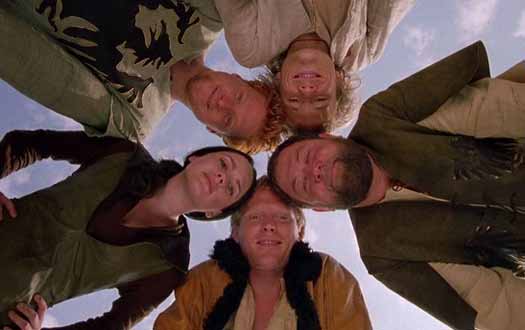
There have been a number of tests of Lanchester equations to historical data over the years. Versions of Lanchester equations were implemented in various ground combat models in the late 1960s and early 1970s without any rigorous testing. As John Stockfish of RAND stated in 1975 in his report: Models, Data, and War: A Critique of the Study of Conventional Forces:
However Lanchester is presently esteemed for his ‘combat model,’ and specifically his ‘N-square law’ of combat, which is nothing more than a mathematical formulation of the age-old military principal of force concentration. That there is no clear empirical verification of this law, or that Lanchester’s model or present versions of it may in fact be incapable of verification, have not detracted from this source of his luster.”
Since John Stockfish’s report in 1975 the tests of Lanchester have included:
(1) Janice B. Fain, “The Lanchester Equations and Historical Warfare: An Analysis of Sixty World War II Land Engagements.” Combat Data Subscription Service (HERO, Arlington, VA, Spring 1977);
(2) D. S. Hartley and R. L. Helmbold, “Validating Lanchester’s Square Law and Other Attrition Models,” in Warfare Modeling, J. Bracken, M. Kress, and R. E. Rosenthal, ed., (New York: John Wiley & Sons, 1995) and originally published in 1993;
(3) Jerome Bracken, “Lanchester Models of the Ardennes Campaign in Warfare Modeling (John Wiley & sons, Danvers, MA, 1995);
(4) R. D. Fricker, “Attrition Models of the Ardennes Campaign,” Naval Research Logistics, vol. 45, no. 1, January 1997;
(5) S. C. Clemens, “The Application of Lanchester Models to the Battle of Kursk” (unpublished manuscript, May 1997);
(6) 1LT Turker Turkes, Turkish Army, “Fitting Lanchester and Other Equations to the Battle of Kursk Data,” Dissertation for MS in Operations Research, March 2000;
(7) Captain John Dinges, U.S. Army, “Exploring the Validation of Lanchester Equations for the Battle of Kursk,” MS in Operations Research, June 2001;
(8) Tom Lucas and Turker Turkes, “Fitting Lanchester Equations to the Battles of Kursk and Ardennes,” Naval Research Logistics, 51, February 2004, pp. 95-116;
(9) Thomas W. Lucas and John A. Dinges, “The Effect of Battle Circumstances on Fitting Lanchester Equations to the Battle of Kursk,” forthcoming in Military Operations Research.
In all cases, it was from different data sets developed by us, with eight of the tests conducted completely independently of us and without our knowledge.
In all cases, they could not establish a Lanchester square law and really could not establish the Lanchester linear law. That is nine separate and independent tests in a row with basically no result. Furthermore, there has never been a test to historical data (meaning real-world combat data) that establishes Lanchester does apply to ground combat. This is added to the fact that Lanchester himself did not think it should. It does not get any clearer than that.
As Morse & Kimball stated in 1951 in Methods of Operations Research
Occasionally, however, it is useful to insert these constants into differential equations, to see what would happen in the long run if conditions were to remain the same, as far as the constants go. These differential equations, in order to be soluble, will have to represent extremely simplified forms of warfare; and therefore their range of applicability will be small.
And later they state:
Indeed an important problem in operations research for any type of warfare is the investigation, both theoretical and statistical, as to how nearly Lanchester’s laws apply.
I think this has now been done for land warfare, at last. Therefore, I conclude: Lanchester equations have been weighed, they have been measured, and they have been found wanting.

![Photo By United States Mint, Smithsonian Institution [Public domain or Public domain], via Wikimedia Commons](https://dupuyinstitute.dreamhosters.com/wp-content/uploads/2016/02/1804_dollar_type_I_obverse.jpeg.jpeg)
